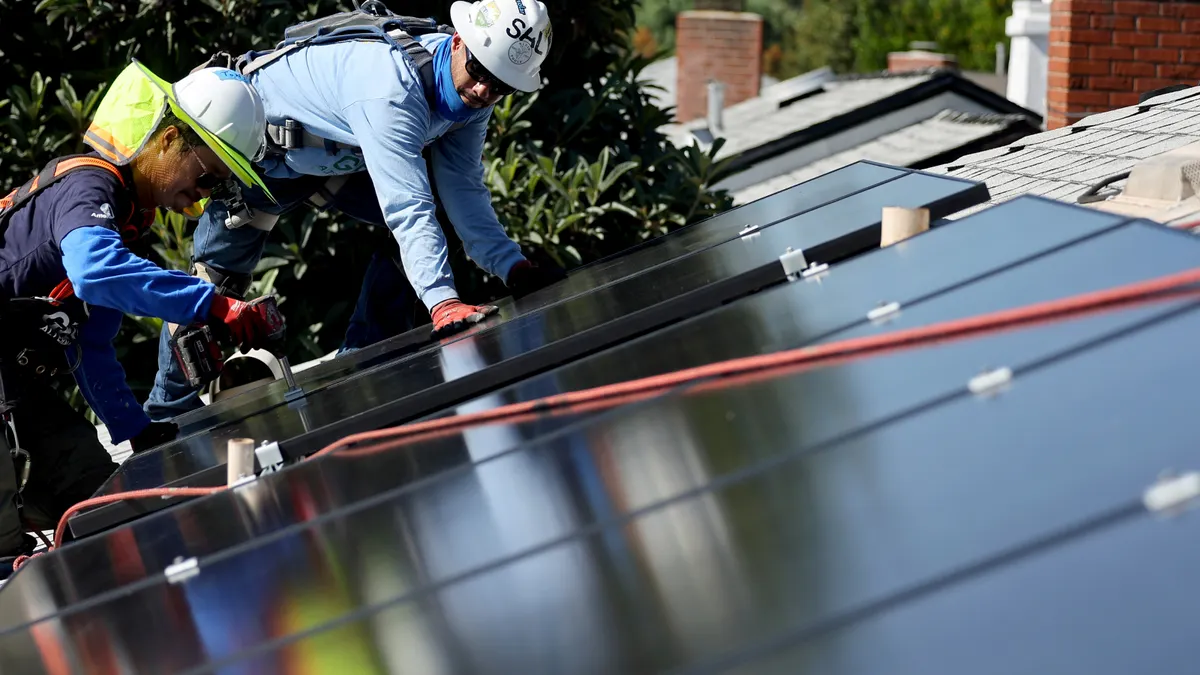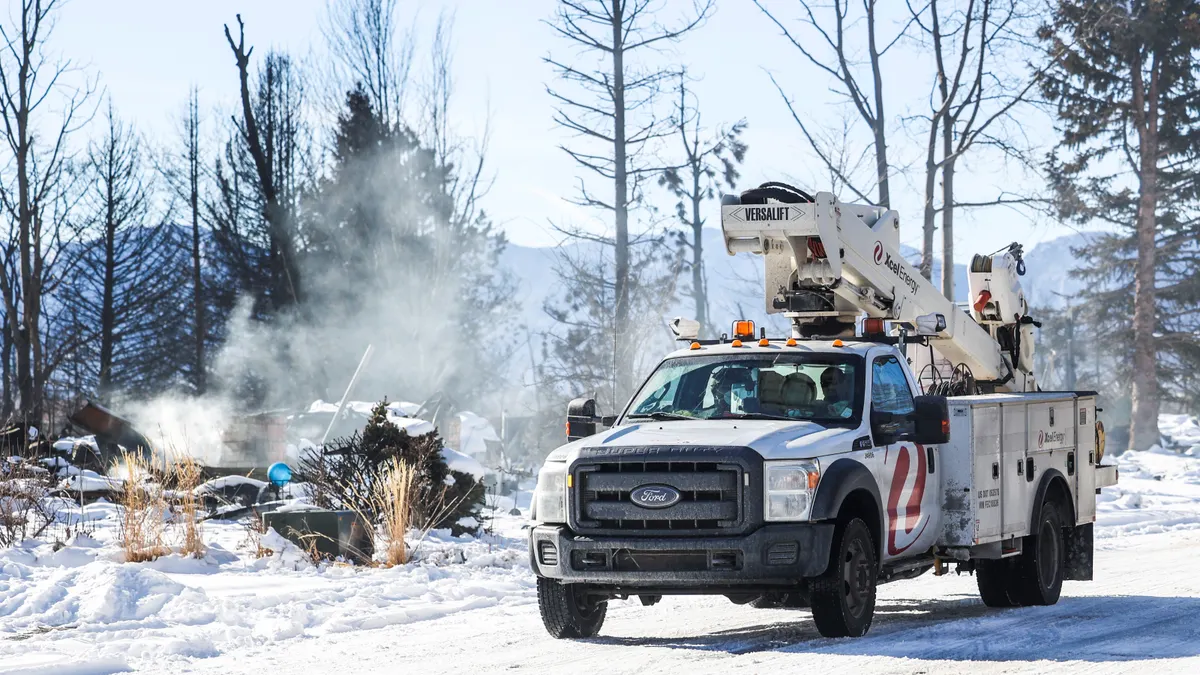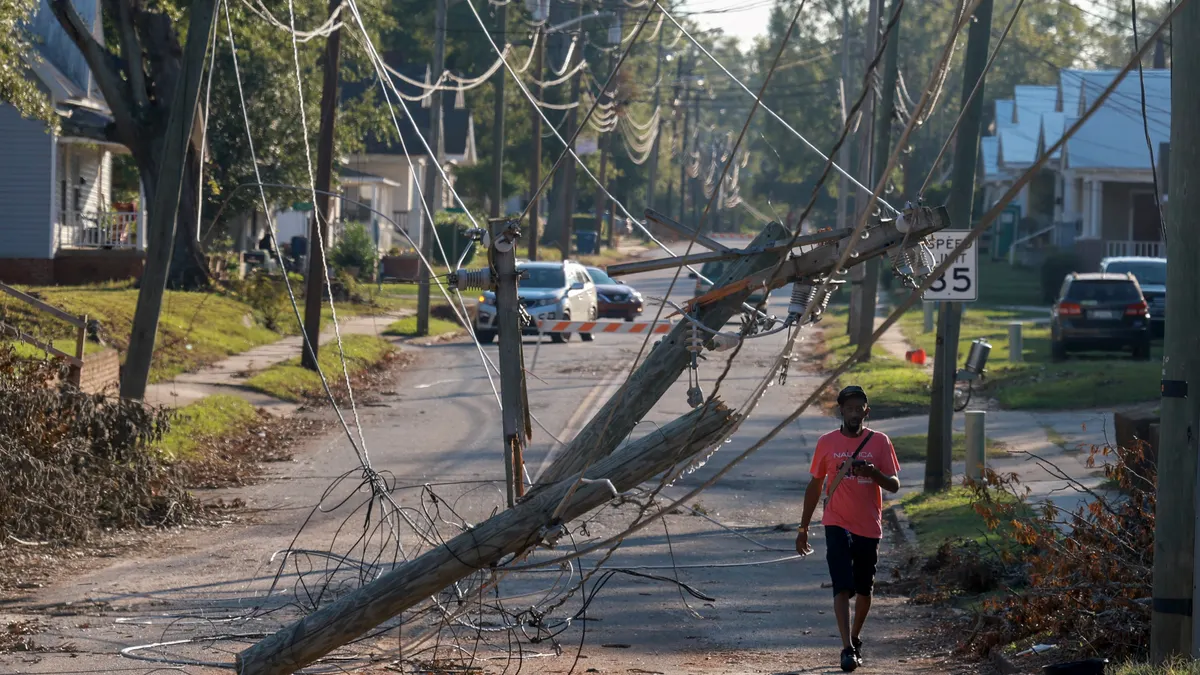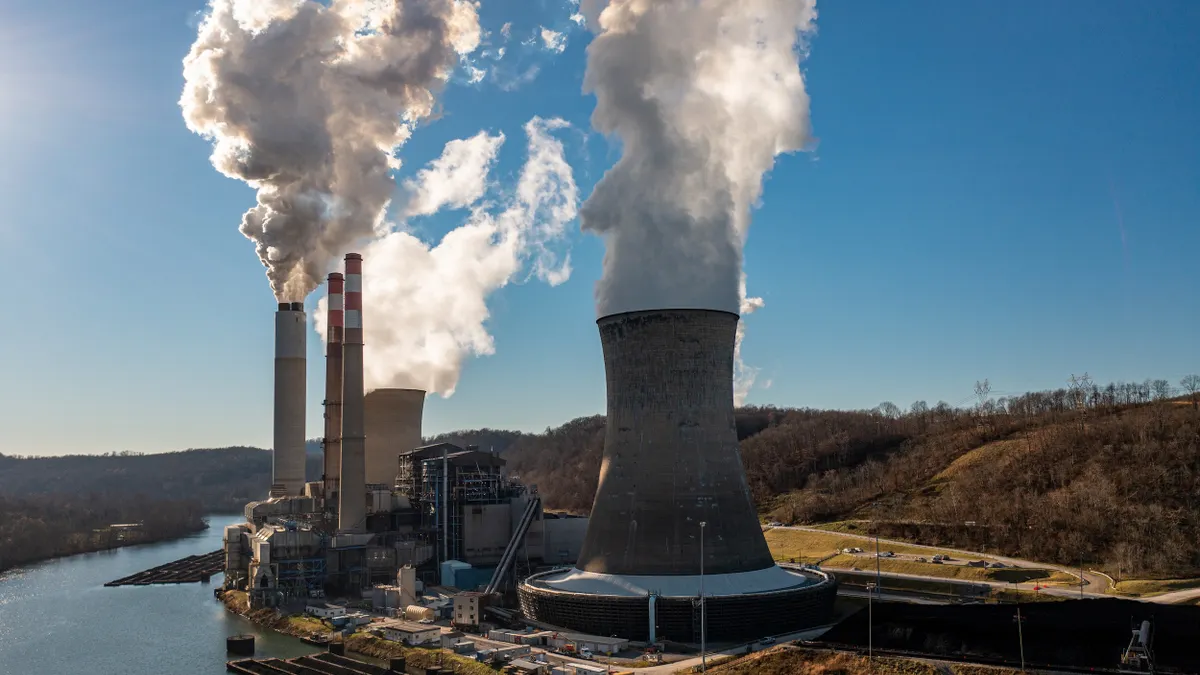Editor's Note: The following is a guest post from Cameron Bard, senior director for market development at DSD Renewables and adjunct faculty instructor at New York University's Center for Global Affairs.
Over the past four years, clean energy sectors like solar have managed to outpace and outperform cynics and optimists alike, as well as the U.S. economy as a whole. Even more impressive, this growth has occurred in spite of a nonexistent federal climate plan, a not-so-quiet war on science and global trade, and boom and bust cycles within even the most successful state markets.
Now, in the midst of a global pandemic and on the doorstep of a new presidential administration, we must collaborate and focus — no, demand — greater attention, support, and investment to build a cleaner, safer world and a healthier economy.
To fully realize our shared climate goals and rapidly rebuild our economy, we must prioritize and enact policies to accelerate the national transition from fossil fuels to clean energy.
The good news is, even amidst the most unprecedented time in generations, we know how. Outlined below are four strategies to create a healthier and more equitable economy, with real-world examples of where and how they’ve already been implemented.
1. Greatly expand public investment in clean energy
The time for massive mobilization and federal investment in clean energy infrastructure is now — and we’re talking trillions, not billions. Bloomberg New Energy Finance analysts predict investment in green energy will increase to $11 trillion by 2050, but we need to accelerate that even more.
We are running out of time. As emissions skyrocket and unemployment remains stubbornly high, we need the strength, might and wealth of the U.S. government to work with industry to scale well beyond what we're accomplishing today.
Investments can take many forms, such as loan guarantees, tax credits, grants, job training, R&D and other market-based incentives. At the local level, budget shortfalls are likely to continue plaguing state and municipal governments across the country. State resources are limited, even in the best of times, and it's crucial for policymakers to enact policies, laws, and regulations that provide the greatest bang for the buck.
A September report from Columbia University implores local leaders across the country to, among other initiatives, harness markets wherever possible, focus on addressing soft costs and use project-specific subsidies sparingly.
New York's burgeoning offshore wind market is just one example of these principles applied in practice. By addressing soft costs, convening market actors and aggregating significant market opportunities, the state has managed to go into contract for more than 1,700 MW of offshore wind at lower-than-expected prices. New York recently expanded its commitment to offshore wind to 9,000 MW by 2035 — capable of delivering roughly 30% of the state's power needs.
2. Recommit to policy certainty
Solar, wind and clean transportation technologies are exploding across the country. In June 2020, 60.1% of all new power capacity added in the country was from solar power plants. We can further this growth by coalescing around ambitious legislative goals to undergird our public programs with lower risk and improved market certainty.
Virginia, for example, recently passed an ambitious statewide bill to promote energy efficiency, establish a schedule for closing old fossil fuel power plants and require electricity to come from 100% renewable sources such as solar or wind by 2045.
Out west, Nevada is being hit harder by climate change than some other states, yet it is taking valiant steps to address it. Despite a history of heavy coal use, Nevada recently enacted an aggressive commitment to transition to 50% clean energy by 2030 and 100% by 2050. This evolution and shift away from fossil fuels is expected to add an additional 11,000 clean energy jobs throughout the state.
Sweeping bills like those in Virginia, Nevada and elsewhere provide the certainty clean energy businesses need to double down on local economies, build new projects and create jobs for years to come.
3. Reshape and modernize utility business models
Regulators and utility commissions can and should play a role in pushing utilities to evolve toward decarbonization.
Both private investor-owned utilities (IOUs) and some public utilities have long been cocooned within and protected by outdated business models. Utilities are largely incentivized to deploy as much capital as possible, while maintaining low rates and consistent reliability. These were useful metrics at the dawn of electricity, but it's anachronistic for what is needed now as we face the greatest existential threat of our lifetimes.
A September Deloitte report assumes utilities are either acting in good faith or in response to their customers and technology trends in their approach to decarbonization. That may be the case, but if so, it allows stated goals to become more window dressing than binding targets backed up by substantive changes in their operations.
As the author Leah Stokes points out in her book "Short Circuiting Policy", regulators can play a more hands-on role by promoting clean energy, instituting aggressive targets, incentivizing conservation and ensuring innovation is preferred over profits. While the utility industry has a long and complicated history of inaction on climate change, there is no doubt those being pushed to lead on clean energy are having significant impacts on overall market conditions.
We don't need toothless regulators. We need proactive thinkers and enforcers.
4. Prioritize environmental justice
A rising tide should lift all boats, but that has not always been the case.
We must create distinct and deliberate programs and investments to accelerate the adoption of clean energy — and all the public health benefits that come along with it — in underserved and frontline communities.
New York passed the Climate Leadership and Community Protection Act in 2019. The nation-leading legislation enacts several environmental justice provisions, including a binding target for disadvantaged communities to receive 40% of the overall benefits from the state’s climate programs.
The solar industry and other clean energy sectors have consistently exceeded expectations in recent years. But with bolder demands, better policies and greater investment, we can focus attention and support to address climate change and usher in a more sustainable future.

















